In this kit:
- Book Summary Page (Online & Printable Kit)
- Main Characters Page (Online & Printable Kit)
- Discussion Questions Page (Online & Printable Kit)
- Book Quotes Page (Online & Printable Kit)
- Icebreaker Game: (Printable kit only)
- About the Author Page (Online & Printable Kit)
- Historical Facts Surrounding the Book (Online & Printable Kit)
- List of Podcasts and Videos about this Book (Online only)
- Meeting Decoration Ideas (Online & Printable Kit)
- Meeting Decorations Printable Images (Printable kit only)
- Meeting Menu Ideas (Online & Printable Kit)
- Meeting Food Recipes (Printable kit only)
- Shakespearean printable decoration images (Printable kit only)
- Bookmarks for Hamnet (Printable kit only)
- Bookmarks for Readers With Wrinkles (Printable kit only)

In Maggie O’Farrell’s Hamnet, history becomes something vibrant and electric—the ancestral air of Stratford-upon-Avon shimmers with emotion, memory, and the spectral reach of loss. O’Farrell plucks a mere footnote from the legend of William Shakespeare—the death of his only son—and conjures an epic of the domestic and the intimate. This is not simply a novel of a famous playwright; it is the fierce, aching resurrection of the family in his shadow, a story of grief wrought with such depth and tenderness that to read Hamnet is to be both haunted and healed.
The book plunges the reader into late 16th-century England—a world beset by uncertainty, where the threat of the Black Death hovers at the edges of every ordinary moment. O’Farrell’s narrative is non-linear, leaping deftly across time, past and present interlocked in memory’s inescapable grip. The novel is as much about the living as it is a meditation on the persistent presence of the dead. Through this structure, the painful immediacy of loss is both personal and universal, echoing through centuries to our own contemporary vulnerabilities.

Although the son, Hamnet, gives the novel its name, the true gravitational center of the book is Agnes, better known to history as Anne Hathaway. O’Farrell reimagines Agnes as a woman of near-mythic insight and intuition—a healer, an eccentric, and someone in profound harmony with nature. Agnes is fiercely loving, unwavering in her devotion to her children, and curiously out of step with her time: neither wholly revered nor fully trusted by her community, she is both witch and wise woman, earthbound and ethereal.
Without ever naming Shakespeare explicitly (he is “the husband,” “the father,” never the Bard), O’Farrell casts him as both a presence and an absence—a Latin tutor turned playwright whose absences from home are measured not in miles but in heartache. Agnes’ marriage, their quiet passion, and their private estrangement, becomes a crucible in which love is tested by separation, ambition, and—ultimately—the chasm of unspeakable grief.
The story opens with urgency: eleven-year-old Hamnet, every bit as sensitive and imaginative as his father, rushes through an empty house seeking help for his twin, Judith, suddenly stricken by fever and plague. The family’s daily life—domestic chores, childhood games, the preparation of herbal remedies—bursts with the kind of details history typically overlooks. Judith’s brush with death is harrowing, but the ultimate blow falls elsewhere: Hamnet, in a gesture of love and sacrifice, succumbs instead, leaving an abyss in the heart of the family.
The children’s bond—raw and unbreakable between twin souls—reverberates throughout the book. O’Farrell’s prose gives sibling love as much gravity as the ties of marriage or parental devotion, depicting a web of relationships so nuanced and real they could only emerge through fiction’s empathetic force.
Hamnet is, above all, a novel of grief: not just its agony, but also its strange, transformative possibility. Agnes’s mourning is wild and elemental, filled with memories, dreams, and the piercing absence of her son. The narrative never reduces her pain to a single note; instead, it splays grief wide open, depicting denial, bargaining, rage, and a muted, ever-present longing.
Agnes’s knowledge of herbs and healing, once a source of community suspicion and her own pride, becomes both her refuge and her curse—she is both powerless and powerful, a mother who could heal others but not save her child. The domestic sphere, so often ignored by history, becomes in O’Farrell’s hands the very forge where human resilience, love, and even art itself are made.
The play Hamlet—whose title is historically interchangeable with “Hamnet”—lurks at the book’s periphery, a monument to the way personal loss can shape public creation. Only in the novel’s closing sections, long after Hamnet’s death, does Agnes witness the transformation of her son’s name and story into lasting art. The performance of Hamlet becomes both tribute and transfiguration, a way for her husband to give voice to a grief that language can scarcely contain.
To read Hamnet is to surrender to the possibility that the past is always with us, that love and art are forged in heartbreak, and that even the smallest lost child can shape the scope of the world’s greatest tragedies. O’Farrell’s novel is not only a requiem for a son but also a celebration of necessity, resilience, and the stubborn immortality of love. Her poetic, incantatory prose lifts Hamnet, Agnes, and the errant “husband” out of the footnotes and into the beating heart of literary imagination.

Agnes Hathaway
A woman both rooted in the earth and touched by magic—Agnes is Hamnet’s mother, a wild, enigmatic healer whose knowledge of herbs and uncanny intuition set her apart in Stratford. There’s an elemental strength to her: she’s often depicted gathering plants with a falcon perched on her hand, blending gentleness with fierce practicality. Agnes shields her children and husband with a love that is both all-consuming and mystical, yet she is haunted by trauma, community judgment, and grief that threatens to swallow her whole.
William Shakespeare (The Latin Tutor)
Never referred to by name, Shakespeare is Hamnet’s father—a man of brilliance and brooding ambition, caught between the quiet heartbreak of home and the vibrant lure of London’s stage. Initially a penniless tutor, he is at once devoted and distant, his artistic obsession both a blessing and a wedge. His emotional distance deepens after Hamnet’s death, leaving Agnes to bear the brunt of heartbreak alone.
Hamnet
A spirited eleven-year-old, Hamnet is the twin beacon of the story—restless, curious, and deeply empathetic. His urgent love for his family bursts through every page, especially his brave devotion to Judith, his twin. Hamnet’s tragic fate—succumbing to the plague as he desperately tries to save his sister—becomes the catalyst for his family’s unraveling and enduring legacy.
Judith Shakespeare
Hamnet’s identical twin, Judith, is independent, imaginative, and fragile, both physically and emotionally. Marked by illness and survival, she moves through the world bearing the weight of her brother’s death, struggling with guilt and the silent fractures running through her family.
Susanna
The eldest child, Susanna is wise beyond her years—a steady, nurturing presence while the family wrestles with sorrow and uncertainty. Though less in the foreground than her siblings, her resilience becomes a quiet backbone for the remaining family.
Bartholomew
Agnes’s beloved brother, Bartholomew, stands as her childhood companion and unwavering protector. He is described as solid and straightforward, a grounding contrast to Agnes’s mystical sensibilities—offering stability in a world prone to turmoil.
Mary Shakespeare
William’s mother and Hamnet’s grandmother, Mary is a matriarch navigating her precarious position in a household fractured by violence and debt. She offers measured support and tradition, seeking to hold the family together.

Maggie O’Farrell, the award-winning Northern Irish novelist, crafts fiction with almost magical empathy and searing insight, turning invisible histories and private agonies into luminous, transfixing narratives. Renowned for both her genre-shattering memoir I Am, I Am, I Am and the spellbinding Hamnet—which won the Women’s Prize for Fiction and was named Waterstones Book of the Year—O’Farrell continually mesmerizes readers by breathing life into the silent corners of history and the untold stories within families.
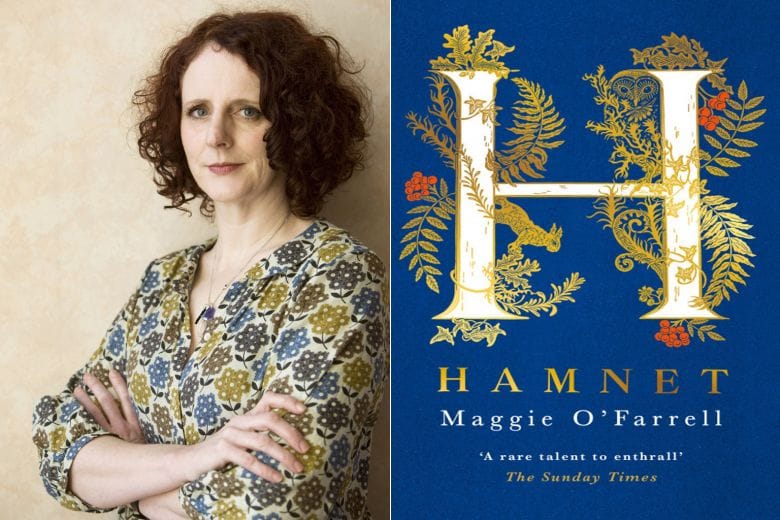
Born in Coleraine and raised amid the wild landscapes of Wales and Scotland, O’Farrell is a master of transformation—converting trauma into courage, absence into presence, and the unknown into revelation. Her novels, translated into over thirty languages, are celebrated for their rich tapestry of unforgettable characters, psychological acuity, and emotional resonance. With a journalist’s eye for detail and a poet’s instinct for beauty, she explores themes ranging from loss, yearning, and resilience to the soul-altering weight of memory and the strange rhythms of fate.
Whether she’s tracing the shadows behind Shakespeare’s greatest tragedy in Hamnet or illuminating the inner fire of Renaissance Duchess Lucrezia de’ Medici in The Marriage Portrait, O’Farrell invents immersive worlds that shimmer with both tenderness and danger. As both artist and empath, she dares to give voice to the silenced and offers her readers the rare gift of seeing intimacy and history “the O’Farrell way”: with fierce imagination and extraordinary compassion.
O'Farrell studied English at Cambridge University before beginning her career as a journalist. She is married to the writer William Sutcliffe, and together they have three children. They live in Edinburgh.

Here are several notable quotes from Hamnet by Maggie O'Farrell:
"What is given may be taken away, at any time. Cruelty and devastation wait for you around corners, inside coffers, behind doors: they can leap out at you at any time, like a thief or brigand. The trick is never to let down your guard."
"Every life has its kernel, its hub, its epicentre, from which everything flows out, to which everything returns."
"The leaves crisping at their edges. Here is a season Hamnet has not known or touched. Here is a world moving on without him."
"She discovers that it is possible to cry all day and all night. That there are many different ways to cry: the sudden outpouring of tears, the deep, racking sobs, the soundless and endless leaking of water from the eyes. That sore skin around the eyes may be treated with oil infused with a tincture of eyebright and chamomile. That it is possible to comfort your daughters with assurances about places in Heaven and eternal joy and how they may all be reunited after death and how he will be waiting for them, while not believing any of it. That people don’t always know what to say to a woman whose child has died. That some will cross the street to avoid her merely because of this. That people not considered to be good friends will come, without warning, to the fore, will leave bread and cakes on your sill, will say a kind and apt word to you after church, will ruffle Judith’s hair and pinch her wan cheek."
"Someone ought to be here; someone always is here. Where can they be? What must he do? How can they all be out?"
"His mother’s potions can cure anything – everyone knows that. People come from all over town, all over Warwickshire and beyond, to speak with his mother through the window of the narrow cottage, to describe their symptoms, to tell her what they suffer, what they endure."
"Hamnet has failed. He sees this. He needed to summon someone, a parent, a grandparent, a grown-up, a physician. He has failed on all counts."
"‘She’s got . . . the pestilence,’ Hamnet whispers. ‘Hasn’t she? Mamma? Hasn’t she? That’s what you think, isn’t it?’"
"‘This cannot be, I will not have it, I will not permit it.’"
"He feels again the sensation he has had all his life: that she is the other side to him, that they fit together, him and her, like two halves of a walnut."
"It might be possible to hoodwink Death, to pull off the trick he and Judith have been playing on people since they were young: to exchange places and clothes, leading people to believe that each was the other."
"You will stay, is what he whispers, and I will go. I want you to take my life. It shall be yours. I give it to you."
"All shall be well."
"Sadness keeps attempting to tie weights to her wrists and ankles, therefore she has to keep moving, she has to outpace it."
"'I won’t watch you walk away.' 'I’ll walk backwards,' he says, backing away, 'so I can keep you in my sights.' 'All the way to London?' 'If I have to.'"

These historical facts situate Hamnet within its rich Elizabethan context and illustrate how Maggie O’Farrell breathes life into the lost voices of Shakespeare’s immediate family, blending fact with fiction to explore universal themes of love and loss.
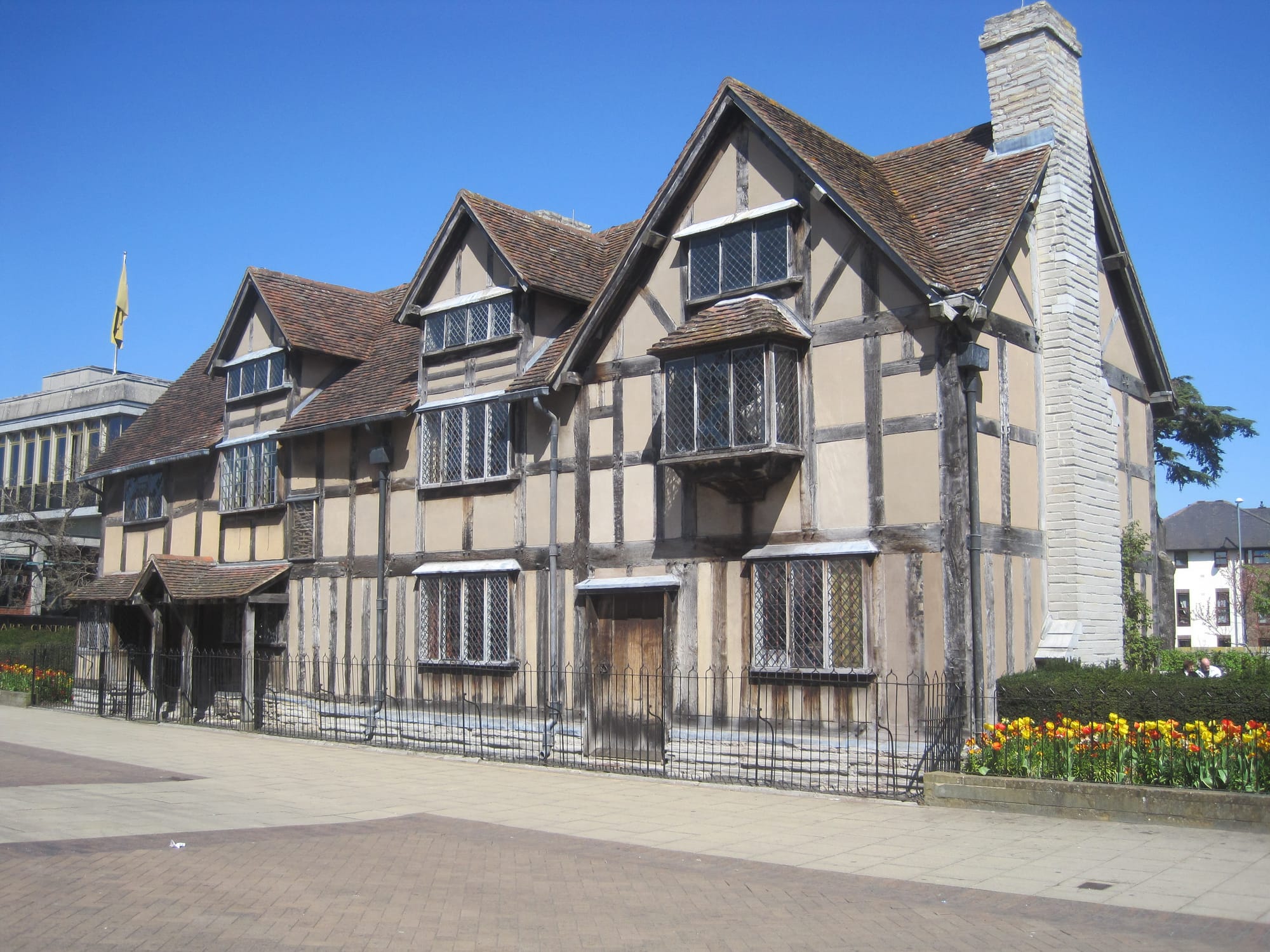
Based on the Life of Shakespeare's Family
The novel is a fictionalized account of the brief life and untimely death of William Shakespeare’s son, Hamnet, who died at age 11 in 1596.
The Plague as Context
The story is set in late 16th-century England, during outbreaks of the bubonic plague, which serves as the historical backdrop for Hamnet's death and his family's trauma.
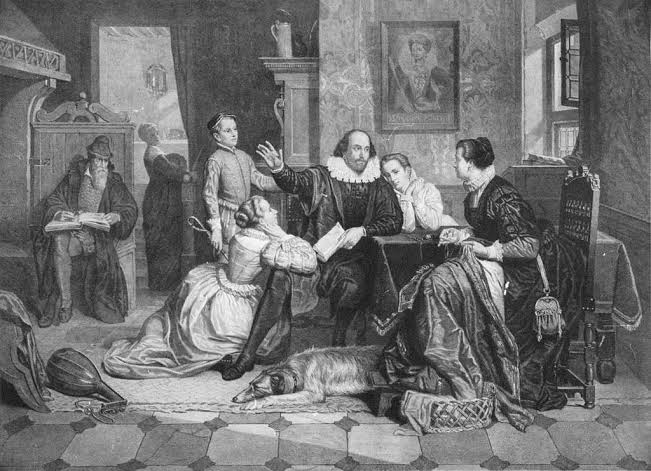
William Shakespeare’s Personal Life
The narrative focuses on Shakespeare’s family in Stratford-upon-Avon, including his wife Agnes (historically known as Anne Hathaway), and their children: Susanna, and twins Hamnet and Judith.

Agnes Hathaway’s Historical Persona
Shakespeare’s wife is referred to as Agnes in the novel and some court documents; she was known for her knowledge of herbs and healing, reflecting beliefs about women and “wise-women” of the period.
Absence of Shakespeare from the Family
Historically, Shakespeare spent extended periods in London for his burgeoning career, often leaving his family behind in Stratford, an emotional distance explored in the narrative.
The Connection to Hamlet
Four years after Hamnet’s death, Shakespeare wrote his most famous tragedy, “Hamlet”; the names Hamnet and Hamlet were often used interchangeably in that era.
Details of Daily Life
The book meticulously portrays Elizabethan domestic life, especially women’s roles: laundry, cooking, childbirth, and herbal medicine are all integral to the setting and characters’ daily realities.
The Role of Fate and Superstition
The culture of Elizabethan England was rife with superstition and fate; people like Agnes, considered different, were sometimes marginalized or viewed with suspicion as “witches” or healers.
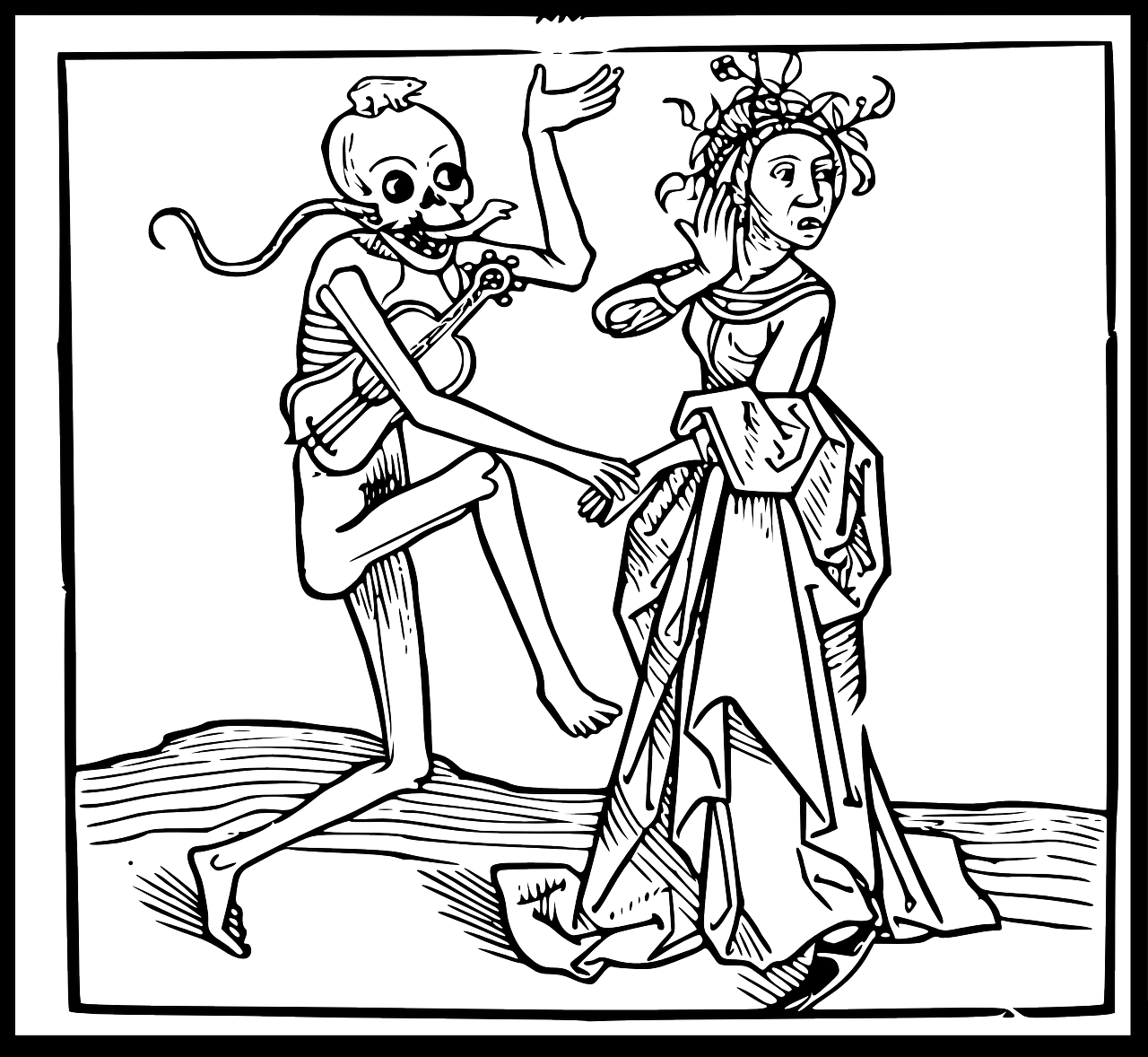
Child Mortality
The death of Hamnet underscores the high rate of child mortality during the era due to disease and lack of effective medicine, a tragic reality for many families in 16th-century England.
Reception and Historical Resonance
The novel highlights how little is historically known about Shakespeare's family—especially his children and wife—and imaginatively explores their lives, bringing attention to lives often overlooked in historical narratives.
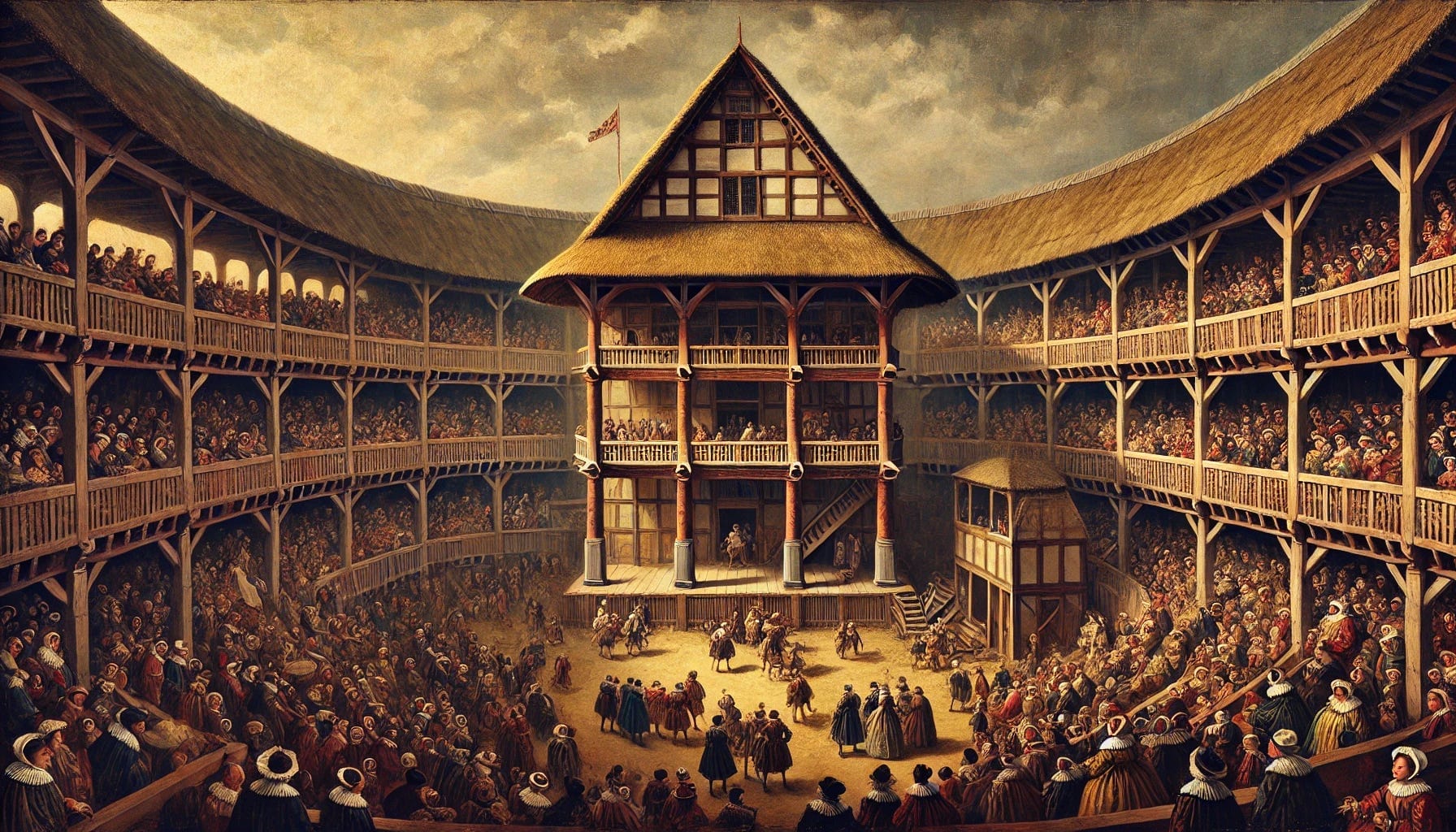
Awards and Legacy
Hamnet won several prestigious literary awards, including the 2020 Women’s Prize for Fiction and the National Book Critics Circle Award, and has been adapted for both stage and film.
Themes of Grief and Memory
The story explores the profound grief experienced by Hamnet’s parents—a grief largely absent from the historical record but deeply felt in O’Farrell’s retelling, resonating with modern readers.

These questions are designed to encourage participants to think deeply, make personal connections, and explore the literary craft within the book. It is recommended that you choose 8-10 questions that you think would best suit your group. The following questions are intended to spark in-depth and lively conversation during your Hamnet book club meeting:
- If the novel were retitled after a different character—such as Agnes—how would it change your expectations or perspective on the story?
- The narrative frequently shifts between different characters’ points of view. How did this enhance or complicate your understanding of grief, love, and family dynamics?
- Maggie O’Farrell never refers directly to William Shakespeare by name. What effect did this have on your reading, and why do you think the author made this choice?
- Discuss the symbolic significance of Agnes’s connection to nature and her healing abilities. How do these traits set her apart in the context of Shakespearean England?
- At its heart, Hamnet explores the many forms of grief. Which moments or characters’ experiences of loss resonated most deeply with you, and why?
- The novel intertwines Plague-era historical realities with magical or mythical elements. Where did you notice this blend most strongly, and how did it impact your reading experience?
- What are your thoughts on the “switching” of Hamnet and Judith in the narrative? How did this shape your understanding of sacrifice or fate within the family?
- How does O’Farrell use the structure of alternating timelines to build suspense, evoke emotion, or reveal character? Did this resonate for you or distract from the story?
- Discuss a particular scene, line, or chapter that stood out as especially powerful, strange, or emotionally resonant. Why did it linger with you?
- Consider the ways art and creativity are depicted as responses to tragedy. What does the novel suggest about the healing—or destructive—power of artistic expression?
- What did you know about the origins of Hamlet and about the history of William Shakespeare’s life and family before reading this novel? How did the novel change your interpretation of the play?
- How do Agnes’s special gifts affect her reputation throughout the town and her connection to her husband? Consider especially the way she feels the space between a person’s index finger and thumb, where “a person’s ability, their reach, their essence can be gleaned,” and how she uses this part of the body to connect with different people in the novel.
- Describe the nature of Agnes’s love for her husband and his for her. What draws them to each other, despite their different backgrounds?
- What makes Susanna’s birth different from that of the twins? How does this manifest itself in each of the children’s relationships with their mother?
- Throughout the book, Susanna expresses a frustration with the rumors about her mother and her strange ways, which is exacerbated after Hamnet’s death. Why do you think this daughter still takes up her mother’s work in the garden, caring for the house, and teaching Judith, in spite of these feelings? What do you expect her prospects of marriage to be, as she reflects on them at the end of the novel?
- Discuss the lineage of mothers within the two families in the novel vis-à-vis the expectations of women at the time. How do Mary, Joan, and Agnes differ in their approach to women’s work in the world and rearing children, especially their daughters? How do Agnes’s insights, especially her vision of two children at the foot of her deathbed, affect her decisions as a mother? Consider her thought during the birth of the twins, when she fears one of her children will die: “She will place herself between them and the door leading out, and she will stand there, teeth bared, blocking the way.”
- The fathers in the book—John, Hamnet’s father, and King Hamlet—all create a physical and/or emotional distance between themselves and their families. How does this affect their children and lineage overall? Consider the ultimate future of the Shakespeare line (in a bodily sense and otherwise) after Hamnet’s death. How did John’s actions ultimately impact how his own son would be remembered?
- The plague is an insidious, but somewhat familiar, presence for the inhabitants of England during the time of the novel. How is its arrival marked and felt by the families we follow? What signs of infection are visible in the body and in how people behave? Were these notions familiar to you at all in the wake of the conditions during the COVID-19 pandemic or other periods of large-scale disease you experienced in your lifetime or that occurred at other points in history?
- Imagine the family had access to modern technology or medicine: how would the story of Hamnet—and the fate of his family—be different?
- Hamnet’s death comes as a shock to all in his family, but our insight into the twins’ last moments together reflects a kind of knowing that not even Agnes is able to access. How do their similarities affect the family’s ability to grieve and heal? How does Hamnet live on as “Agnes watches the child drop from her younger daughter, as a cloak from a shoulder” but still looks for her son’s face in Judith, as he might have aged into it?
- Agnes’s husband says of her that it is a joy and a curse to be married to “‘Someone who knows everything about you before you even know it yourself. Someone who can just look at you and divine your deepest secrets, just with a glance. Someone who can tell what you are about to say—and what you might not—before you say it’” Can you relate to this feeling at all regarding your spouse, other relatives, friends, or coworkers? What does it feel like when a secret part of you is laid bare to another without your knowing, and how does that manifest itself in pursuits such as writing and art? Did reading this book, or any others you’ve read in the past, make you feel like the author knew something about you?
- Agnes is very sensitive to her environment, including when she moves between different homes. What information do the three houses, indoor and outdoor, that she inhabits tell her about what will happen there? How do the energetics of the spaces and the people who live there with her become characters in and of themselves?
- What are the consequences of Agnes’s encouraging her husband to go to London? Do you think she still regrets the decision at the end of the book as she is watching Hamlet onstage?
- Describe Agnes’s trip to London and her time at the playhouse. What does she learn about her husband’s life there from her attempts to find him? What does she discover about his pursuits when she sees him onstage? Do you think she forgives him in the end upon witnessing his homage to his son?
- Based on the portrayal of the play in this novel, how are Hamnet and his father, and Hamlet (the character) and his father related to one another? Is the correlation one-to-one (son/son, father/father), or is there a crossing among them?
- Shakespeare’s plays are known for their supernatural elements and figures. What might be considered supernatural about the events of the novel? Who are the conduits for these mysterious forces and messages among the living and the dead?


Make your book club gathering for Maggie O’Farrell’s Hamnet immersive and memorable by using these creative decorating ideas inspired by Hamnet’s themes, time period, and characters.

Nature-Inspired Centerpieces
Gather simple vases or mason jars filled with wildflowers, branches, or herbs such as lavender, rosemary, and valerian to reflect Agnes’s connection to healing and the English countryside. Add fresh or faux apples and hazelnuts as nods to rural Stratford. Use wood slices or rustic trays as bases for your centerpieces to evoke the 16th-century setting of the novel.
Vintage and Literary Touches
Place a stack of old books with distressed covers on the table or mantle. Top the table with candles or drape it with a bit of linen for a vintage touch.
Decorate the space with bookish candles that are scented with wood, herbs, or vintage paper to create a cozy, literary mood.

Themed Table Settings
Use parchment-style paper for place cards, writing guests’ names in calligraphy or an old-style font.
Roll the napkins and tie them with twine and a sprig of herb.
Create DIY knife and fork holders using folded cardstock shaped like tiny books, and label each holder with the guest’s name for a personalized place setting.
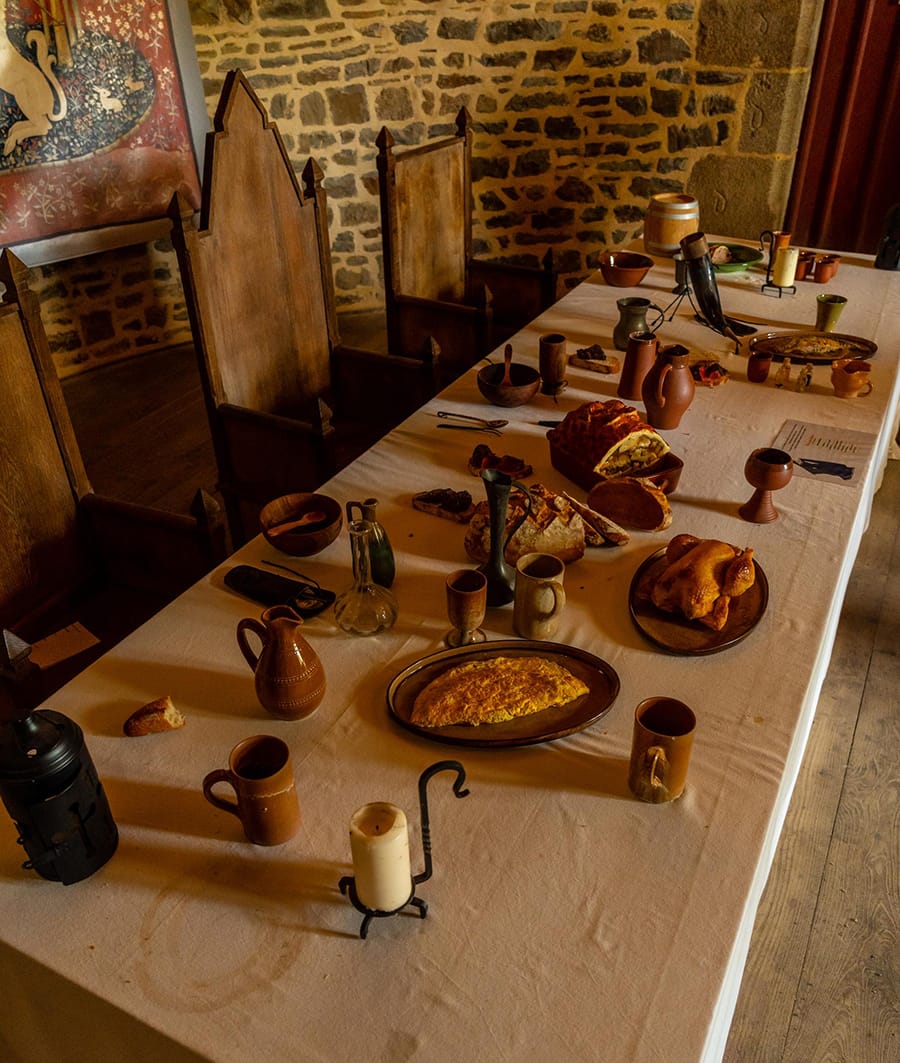
Historical Elements
Consider using a simple "Shakespearean Stratford" or "Hathaway Family" banner as a thematic focal point, or opt for a custom pennant featuring your book club name in a period-appropriate font.
Display a replica quill, inkpot, or scroll as decorative accents.
Special Touches & Activities
Place apples, hazelnuts, or bundles of dried herbs along the table to honor Agnes’s healing craft. Place honey or beeswax candles on the table as a tribute to Agnes’s bees.
Frame poignant quotes from Hamnet on small cards throughout the room for guests to discover.
Tablecloth: Use rustic linen or cotton with a subtle floral or vine pattern.
On Every Chair: Place a small sprig of lavender or a handwritten quote from the book as a keepsake.
Book Display: Feature a dedicated table with copies of Hamnet and Hamlet, along with discussion guides and author trivia.
Subtle Lighting: Use lanterns or candlelight (real or LED) to cast a warm, flickering glow, echoing the candlelit interiors of Tudor homes.
Thematic Centerpieces
Twin Motif: Design centerpieces in pairs—for example, twin floral arrangements or two entwined branches—to represent Hamnet and Judith.
Glove Display: Add a display of vintage gloves as a nod to Shakespeare’s father, John, who was a glove-maker.
Plague Lantern: For a dramatic touch, set out one black candle (safely enclosed) as a subtle nod to the plague’s impact on the story.

- "Extreme Makeover: Tudor Edition" Game (In printable kit)
- "Plague vs. COVID" Activity (In printable kit)
- "Shakespearean Insults" Game (In printable kit)
- "Forge Shakespeare's Signature" Game (In printable kit)

Set the stage for your book club gathering inspired by Hamnet by serving dishes that evoke the Elizabethan era and reflect Shakespearean themes. These menu ideas are rooted in both the novel’s historical setting and the types of meal types of fare enjoyed in 16th- and 17th-century England.
Savory Dishes
Traditional Meat Pie
Consider including a steak and kidney pie, shepherd’s pie, or a chicken pie—dishes that would have been staples on many Tudor tables.
Healthy Stew
Serve a simple stew made with beef or veal, root vegetables, and herbs, which is reminiscent of the everyday fare enjoyed by families in Stratford-upon-Avon..
Rustic Bread and Butter
Offer crusty loaves of bread with fresh butter, as bread was a common staple across all classes.
English Cucumber Tea Sandwiches
This is ideal for a book-loving English tea party!
Cheese Board
Select British cheeses like Cheshire, Double Gloucester, or Stilton, paired with grapes, plums, figs, and assorted nuts—foods found at Shakespearean playhouses and likely at home.
Roasted Vegetables
Prepare roasted carrots, parsnips, or onions tossed in fresh herbs, celebrating the garden that Agnes tends in Hamnet.
Sweets and Desserts

British Apple Pie
Inspired by the book, a classic British apple pie with a flaky crust and spiced filling is perfect. Serve the dish with cream or custard to add a truly English touch.
Marchpane (Marzipan)
Recreate a sweet treat enjoyed in Elizabethan England. Marzipan was often molded and decorated for special occasions.
Shortbread or Shrewsbury Cakes
Simple shortbread biscuits are a nod to Tudor comfort food and ideal for nibbling during discussion.
Jellies and Junkets
For authenticity, prepare a simple milk-based pudding, flavored with honey and spices—a common dessert in the period.
Drinks
Ale or English Beer
Ale was more common than water in Shakespeare’s time due to water contamination.

Plum Bellini (Brunch Cocktail)
For a modern and book-inspired twist, try a plum Bellini made with plum syrup and prosecco, as suggested by a Hamnet-themed gathering.
Herbal Teas
Honor Agnes’s herbal knowledge with teas brewed from chamomile, mint, or sage, served hot or over ice.
Snack Table Additions
Seasonal Fruits
Serve seasonal fruits such as blackberries, raspberries, apples, and pears.
Nuts
Present hazelnuts, walnuts, and almonds in petite bowls.

Gingerbread and Honey Cakes
For an extra treat, offer slices of gingerbread or honey cake, both enjoyed in the Elizabethan era.
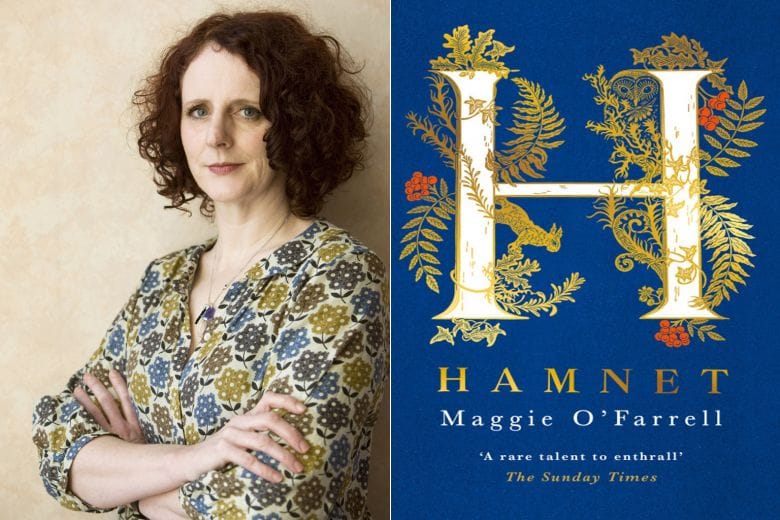
Get Maggie O'Farrell Boks
Immerse yourself in Maggie O’Farrell’s spellbinding reimagining of Shakespeare’s family life, where love and grief intertwine in Hamnet, a luminous novel that brings history’s hidden voices to unforgettable life.
Bookshop.org was created as a socially conscious alternative to Amazon, with the goal of helping local, independent bookstores thrive. This is why Readers With Wrinkles supports their efforts. Please join us in this effort by purchasing your next read here.
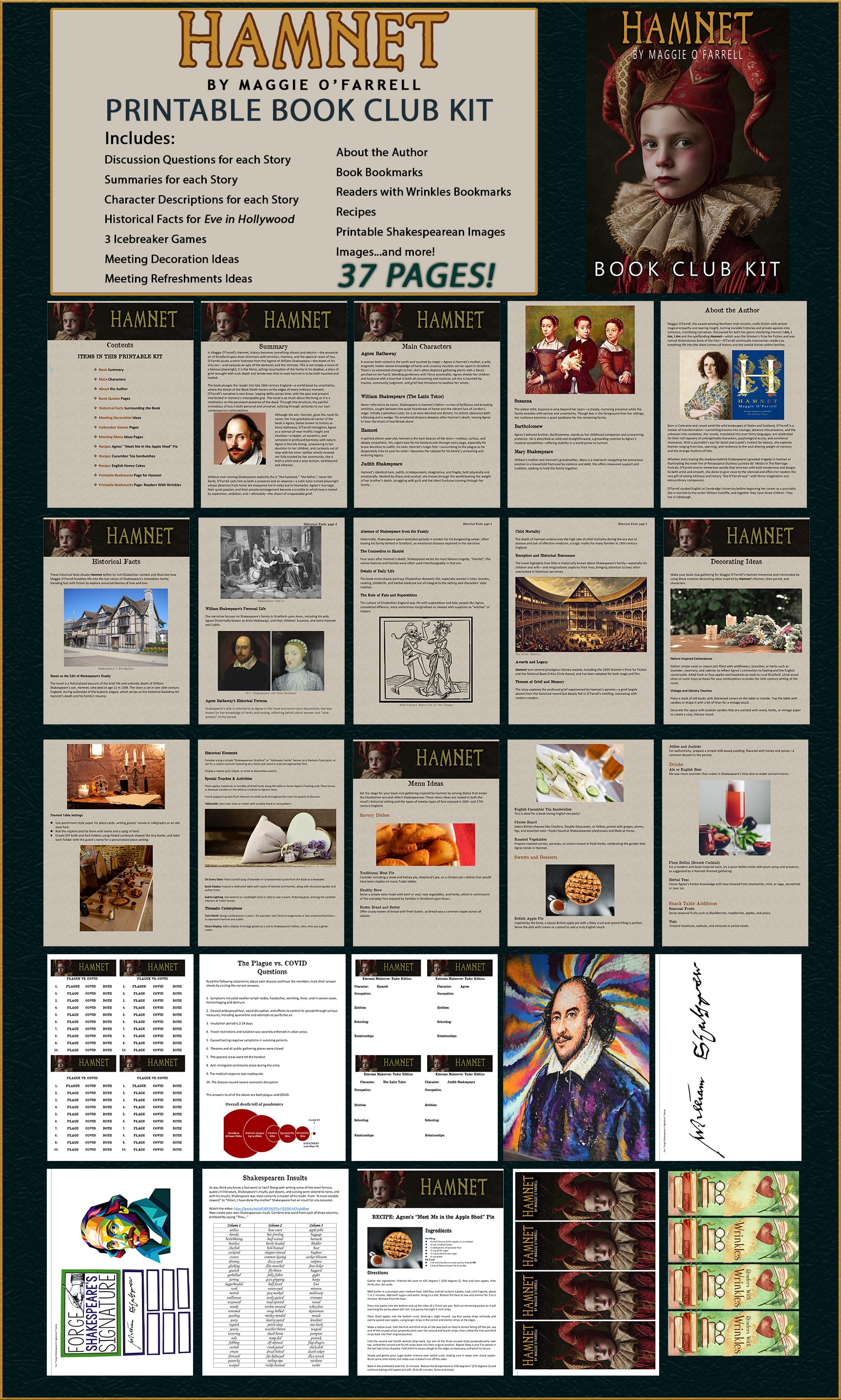
Hamnet printable BOOK CLUB KIT
The RWW book club kits provide everything you need to organize a great meeting with insightful discussions. These resources simplify book club preparation with character lists, book quotes, refreshment suggestions, recipes, and carefully prepared book club questions!

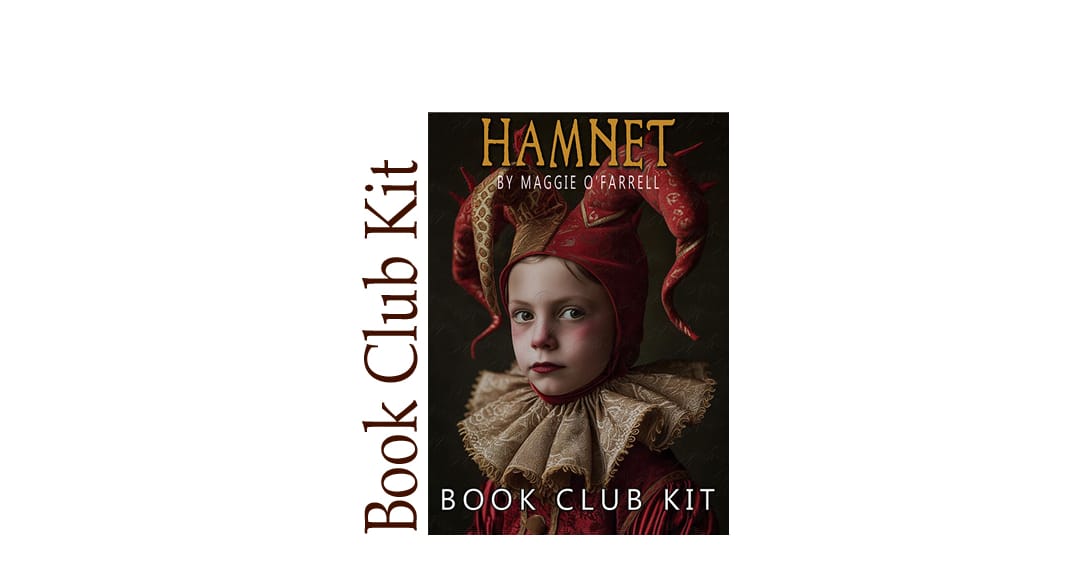
Comments